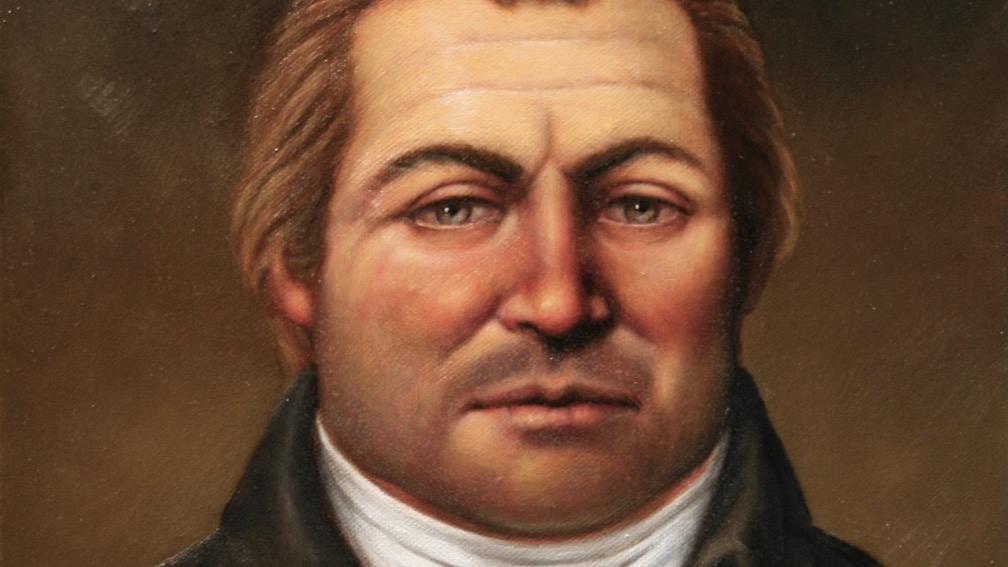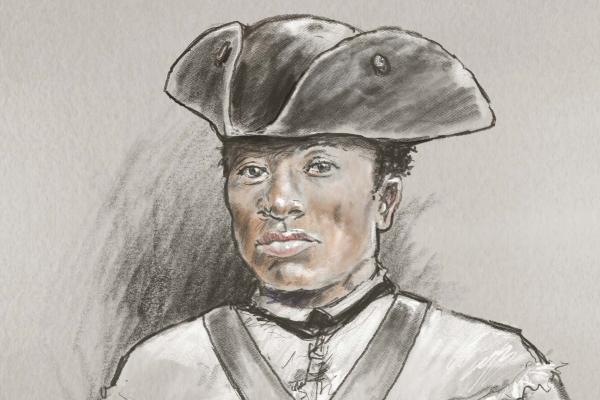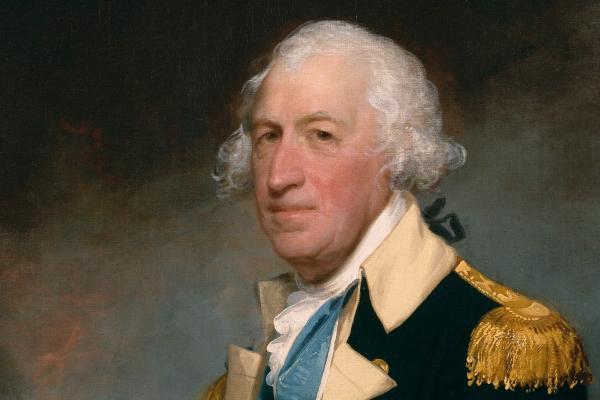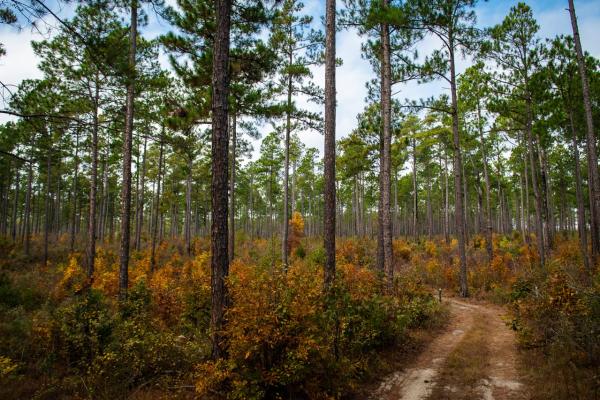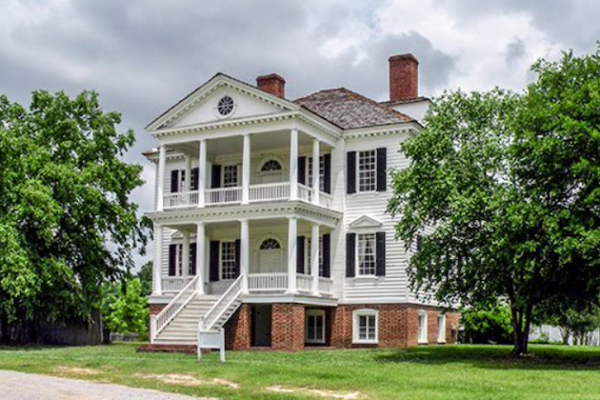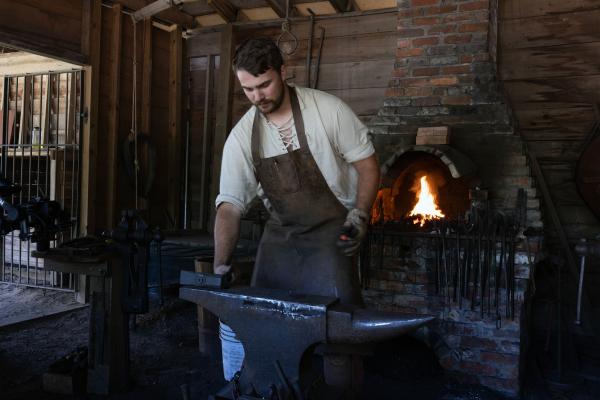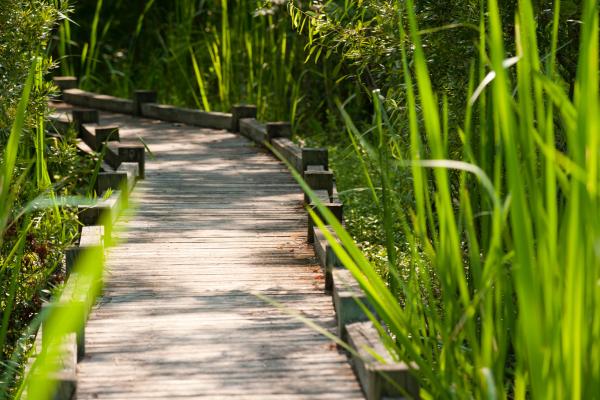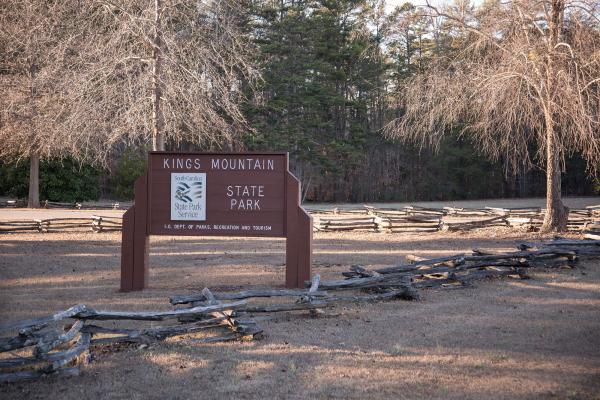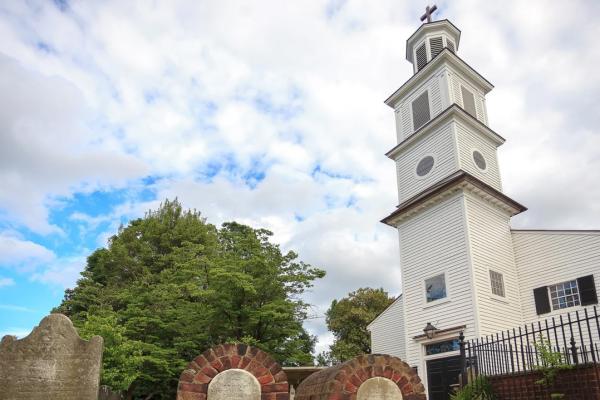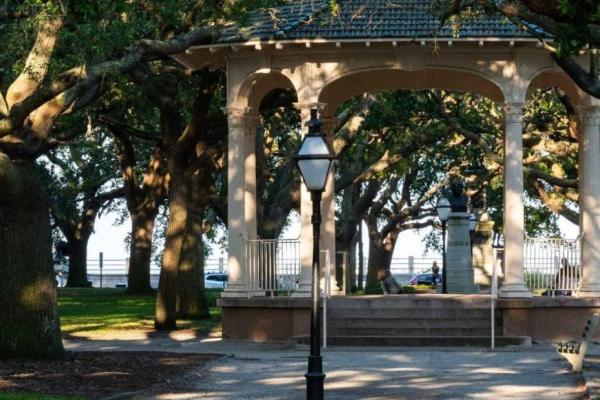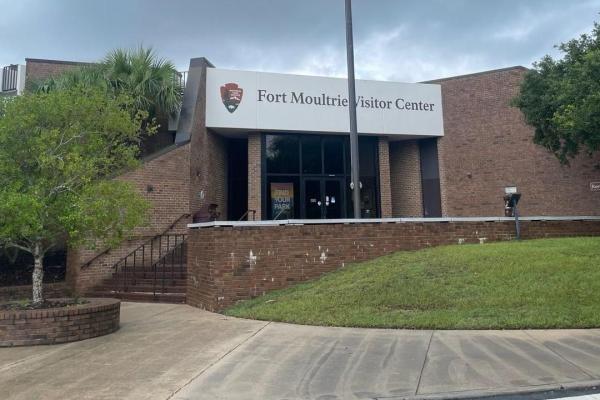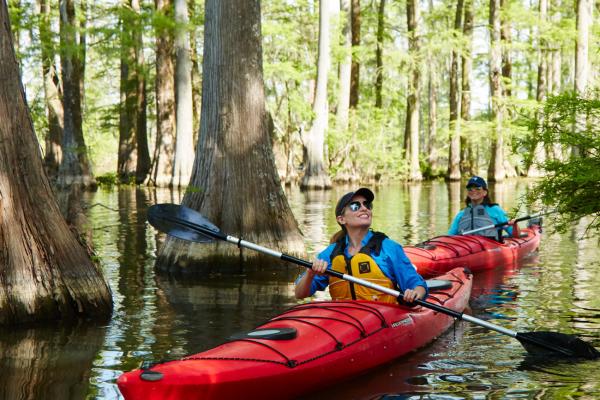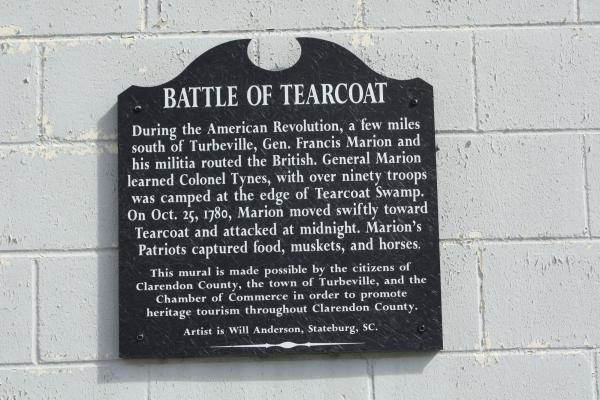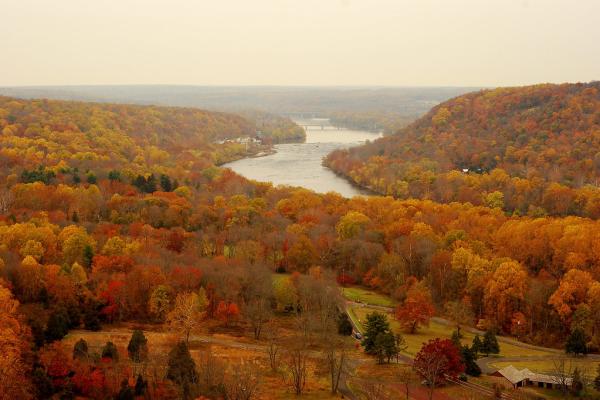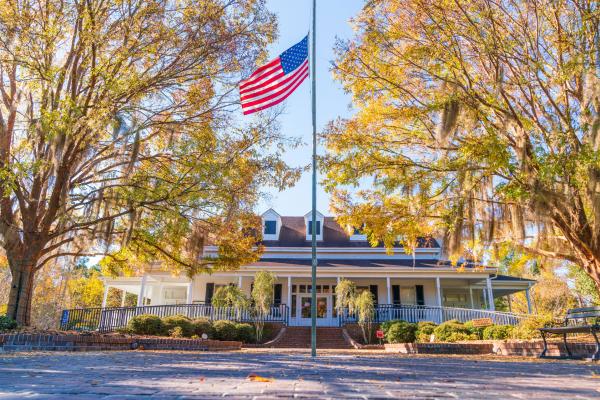Winsor Fry was a freeman who fought in the Continental Army during the Revolutionary War.
Sarah Bradlee Fulton, a patriotic activist and member of the Daughters of Liberty, played a key role in the Boston Tea Party, nursed soldiers at the Battle of Bunker Hill, delivered important messages to George Washington, and supported the Continental Army throughout the Revolution.
A British Army officer who served in key conflicts including the French and Indian War and the American Revolution, Gate became Governor of Massachusetts and commander-in-chief of North America, overseeing events like the Battles of Lexington and Concord before being recalled to England in 1775.
At the Battle of Camden, British General Lord Cornwallis routed Gates’s army and captured nearly 1,000 men, including their supplies, baggage, and artillery. There was no organized retreat, and Gates rode near 170 miles north in three days to flee. It destroyed his reputation and his new southern army.
Uncovering History
We invite you to visit the preserved locations along the Liberty Trail and to immerse
yourself in the extraordinary events that determined the fate of a nation.
